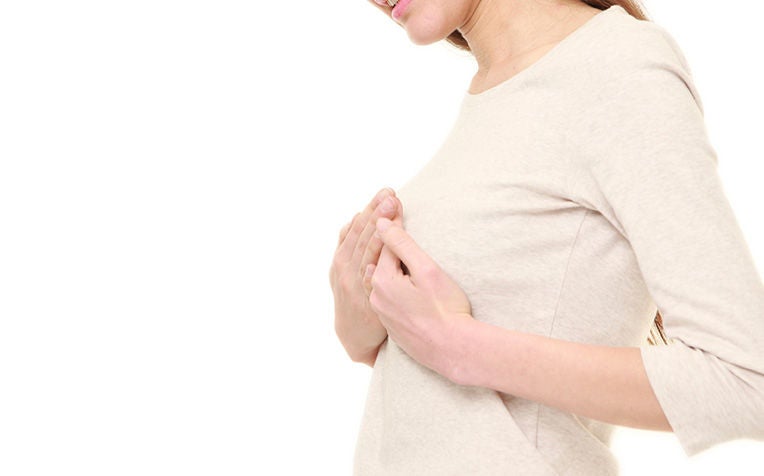
Breast reconstruction is dependent on how much of the breast was removed during surgery, the position of the tumour, and the shape and size of the breast.
How a breast is re-constructed after a cancer is removed depends on how much of the breast is removed, the position of the tumour, and the shape and size of the breast.
Asians tend to have smaller and less droopy breasts than Caucasian women, so implants, partial breast reconstruction using soft, fatty tissue from another part of the body or tissue flaps, and reshaping by oncoplastic surgery techniques are options for reconstructing the breast.
Implant reconstructions are usually performed in two stages, with a tissue expander which is exchanged for a permanent implant at a second surgery. For suitable patients, implants can be performed as a single stage procedure.
In flap reconstruction procedures, skin and fat, and sometimes muscle, are taken from the abdominal wall, buttocks, thighs, the back and or armpit area. The most popular area, however, is the abdomen which often provides sufficient soft fat to reconstruct a breast with a natural feel.
The muscle, with its skin, fat and blood vessels, can be detached and tunnelled into the chest to make a new breast. This is known as a pedicled transverse rectus abdominis myocutaneous (TRAM) flap.
The muscle, skin and blood vessels can also be completely detached and the blood vessels joined to those in the chest. Known as a free TRAM flap, this method provides better blood supply to the flap and reduces the risk of fat necrosis, where lumps of fat die and harden from poor blood supply.
A deep inferior epigastric perforator (DIEP) flap is similar to a free TRAM flap but in this procedure, the muscle is preserved. This reduces damage to the donor site, pain and hospitalisation, speeds up recovery, preserves abdominal wall function, and lowers the risk of hernias and bulges.
Another common technique known as the latissimus dorsi (LD) flap uses the skin, fat and muscle from the upper back to reconstruct the breast. As the skin over the back is fairly thin, this is usually combined with an implant to provide sufficient volume to match the other breast. The scar is usually hidden under the bra strap.
Providing Support
The SGH Breast Cancer Support Group was formed in 1992 and now has about 30 former patients who volunteer to provide counselling and psychological support for breast cancer patients and their family members and caregivers. Members will also work closely with the Reach to Recovery Mastectomy Support Group of the Singapore Cancer Society to plan and facilitate programmes. The Breast Care Support Group meets monthly and can be reached at +65 6321 4474 for enquiries.
The NCCS Breast Cancer Support Group provides medical education, health information and psychosocial support to breast cancer patients who have completed their treatment. The support group aims to address some of the common concerns and issues experienced by breast cancer patients. The support group is only for patients diagnosed with stage 0 – 3A breast cancer. For more information, call +65 6588 0520 / +65 6225 5655 or e-mail psychosocial@nccs.com.sg
Ref: K21
Contributed by
Related Articles
Conditions & Treatments
Public Events
Get the Health Buddy App
© 2025 SingHealth Group. All Rights Reserved.


















 Get it on Google Play
Get it on Google Play